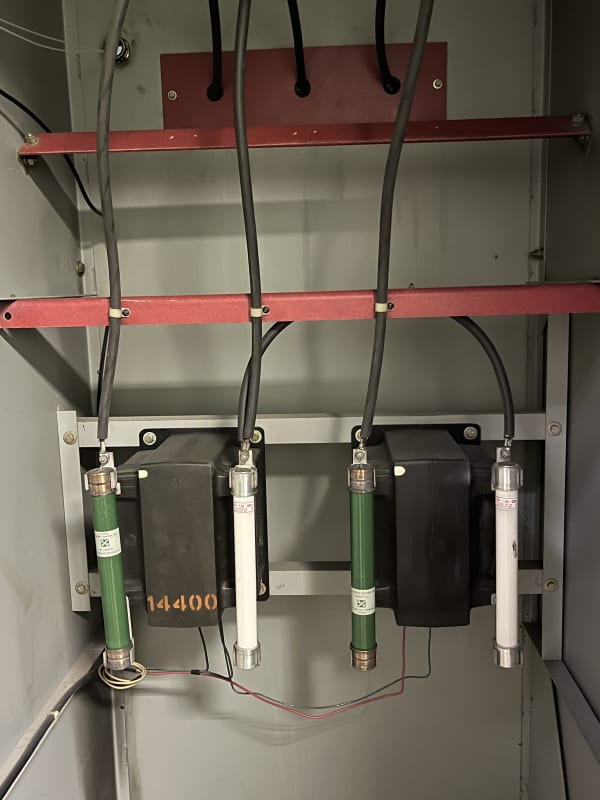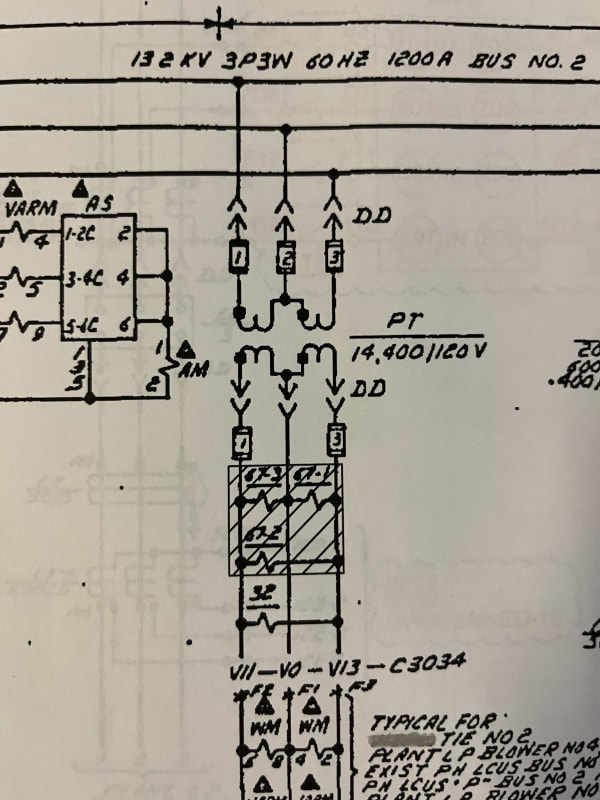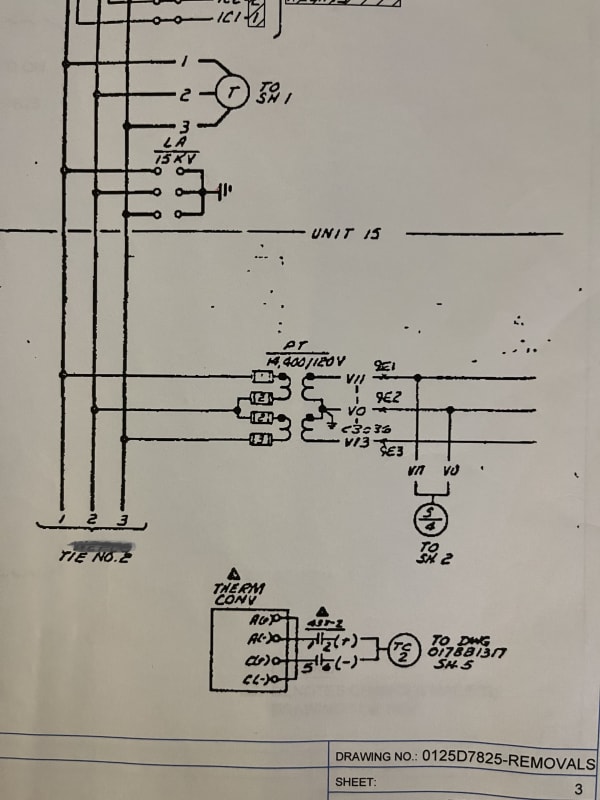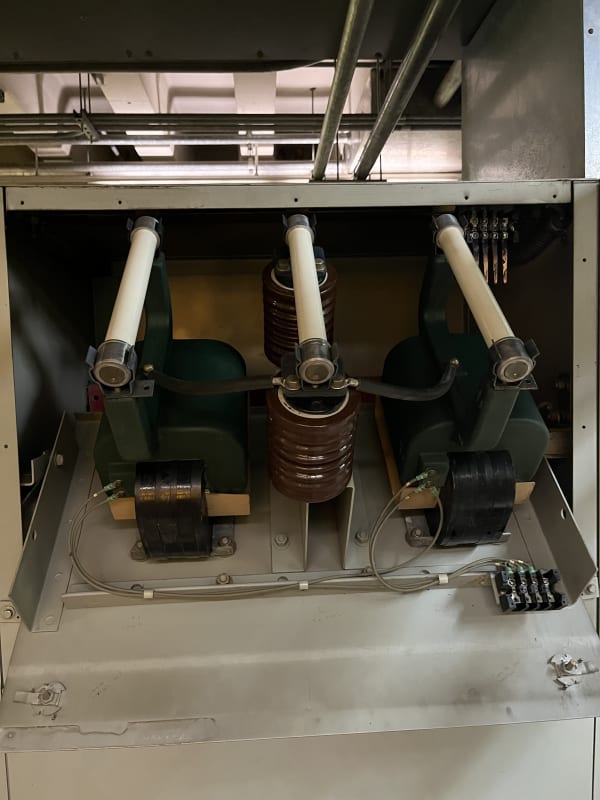thermionic1
Electrical
- Nov 30, 2018
- 322
Once in a while I venture outside the comfort zone of utility work where good quality drawings and relay settings are a given. My latest adventure takes me to a water treatment facility that was built over 50 years ago, expanded multiple times and has very poor documentation. I was there to install some SEL relays, a GPS system and RTAC, so they can get a better handle on the numerous mis-operations that plague the plant in blackouts several times a year. My adventures so far have found a high impedance bus differential secondary circuit that had B&C phases rolled (and the PVD relay settings jacked up on those phases), multiple DC systems mixed together, the list goes one. Our outages per feeder were time restricted meaning get the old electro-mechanical relays out and the new SEL relay installed in less than 5 hours which is a challenge with the very poor documentation available.
After installing the new relays and checking in service values, I could not get the relay happy with the Current to voltage phase angles. My PAM batteries took a crap, so I was relying on the metering values from the SEL-751. Additional investigation after shutting down a feeder revealed what is shown in the photographs. This switchgear is Main Tie Main and each bus has a 20MW generator connected. My eyeballs are telling me this is not an open delta connection, as shown on the prints. Trouble is, there are multiple sets of VT's that follow this unusual connection. For reference, the black VT's are showing H1 as the polarity marker. While difficult to t see, the LV connections have the X1 polarity marker on the left side terminal. The green VT's show the same connection, with the fuse indicating H1 and the top LV connection being X1. The black VT's are formerly the utility metering devices, while the green VT's are for the bus. The green VT's feed a variety of analog Watt, Whr, Var meters & transducers that are read from the control center for the plant (they have about 50MW in various generation sources). I'm keenly aware that changing one thing to make it correct will have a definite trail of other things being changed, including the daily readings made by maintenance personnel on their clipboard readings for various electrical quantities. I've also found a unique quirk in the culture at this facility in which if you are in the same general vicinity as a device and else in that area has a problem, it's on you to prove your own innocence.
My question is, are the VT's shown in the picture following any logical type of connection? The black are Left to Right ABC (mounted in front), while the green VT's are located in the back, so Right to Left is ABC. The AC schematics shown are for this installation and clearly show an open delta connection.




After installing the new relays and checking in service values, I could not get the relay happy with the Current to voltage phase angles. My PAM batteries took a crap, so I was relying on the metering values from the SEL-751. Additional investigation after shutting down a feeder revealed what is shown in the photographs. This switchgear is Main Tie Main and each bus has a 20MW generator connected. My eyeballs are telling me this is not an open delta connection, as shown on the prints. Trouble is, there are multiple sets of VT's that follow this unusual connection. For reference, the black VT's are showing H1 as the polarity marker. While difficult to t see, the LV connections have the X1 polarity marker on the left side terminal. The green VT's show the same connection, with the fuse indicating H1 and the top LV connection being X1. The black VT's are formerly the utility metering devices, while the green VT's are for the bus. The green VT's feed a variety of analog Watt, Whr, Var meters & transducers that are read from the control center for the plant (they have about 50MW in various generation sources). I'm keenly aware that changing one thing to make it correct will have a definite trail of other things being changed, including the daily readings made by maintenance personnel on their clipboard readings for various electrical quantities. I've also found a unique quirk in the culture at this facility in which if you are in the same general vicinity as a device and else in that area has a problem, it's on you to prove your own innocence.
My question is, are the VT's shown in the picture following any logical type of connection? The black are Left to Right ABC (mounted in front), while the green VT's are located in the back, so Right to Left is ABC. The AC schematics shown are for this installation and clearly show an open delta connection.




